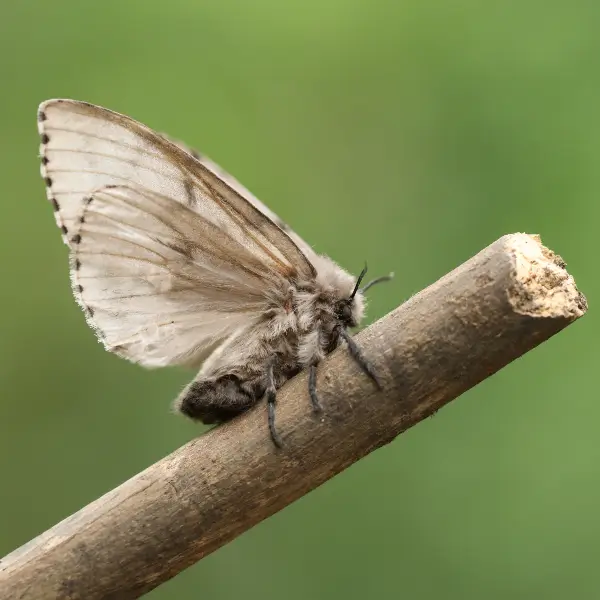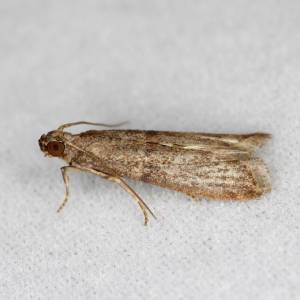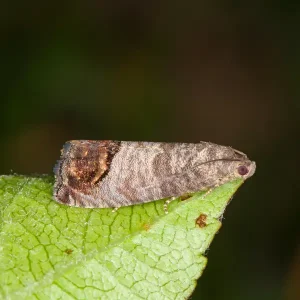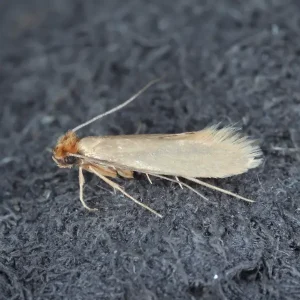Description
Spongy Moths in Spokane, WA and Coeur d'Alene, ID
Spongy Moths, also previously known as Gypsy moths, are a common pest found in forests, urban areas, and suburban landscapes across North America and parts of Europe. They are known for their distinctive white wings marked with dark wavy bands. Spongy moth caterpillars can defoliate trees by eating their leaves, causing significant damage to forest ecosystems and urban landscapes. Infestations can lead to weakened trees, increased susceptibility to disease, and aesthetic degradation of affected areas.
Spongy Moth Habitat
Spongy moths prefer hardwood trees such as oak, aspen, willow, and birch, but they can also infest conifers under certain conditions. They thrive in temperate climates and are commonly found in wooded areas, parks, and residential neighborhoods where suitable host trees are abundant. Spongy moth populations can vary from year to year, with outbreaks occurring periodically and causing widespread defoliation and tree mortality in heavily infested areas.
Spongy Moth Behaviors, Threats, or Dangers
Spongy moths pose significant threats to forest health and urban landscapes due to their destructive feeding habits. Caterpillars feed voraciously on the leaves of host trees, defoliating large areas and weakening trees over time. This can lead to reduced tree vigor, increased susceptibility to secondary pests and diseases, and ecosystem disruptions. Female Spongy moths lay their eggs in large masses on tree bark or other surfaces, contributing to population growth and the spread of infestations. Management efforts often involve monitoring populations, implementing control measures such as biological control agents or insecticides, and educating the public about Spongy moth prevention and management strategies. If you notice signs of Spongy moth infestation in your area, contact your local pest control experts for assistance.
Need help with Spongy Moth control?
We'll call you! Leave your information below.




